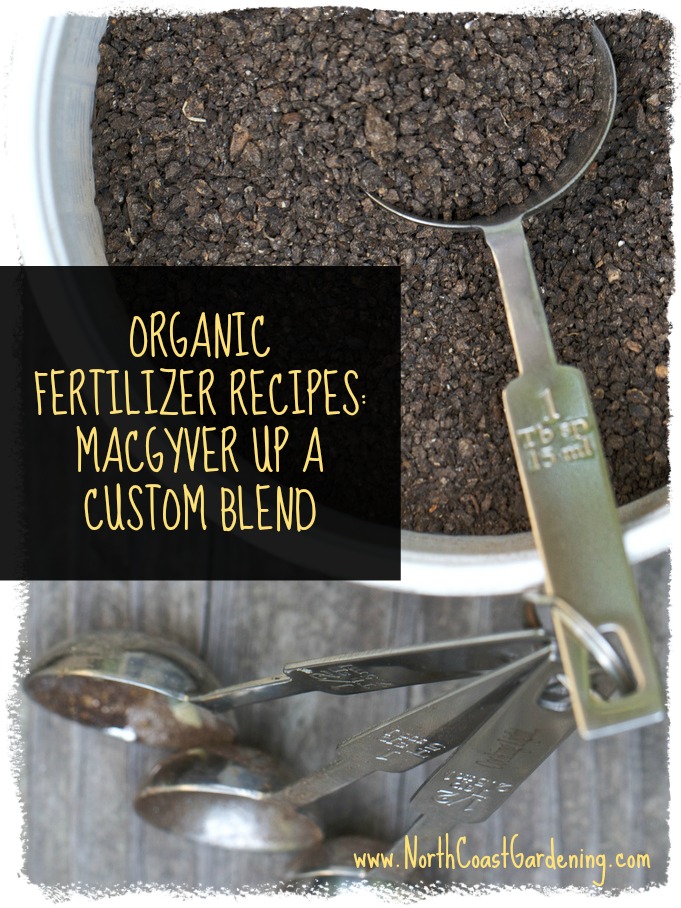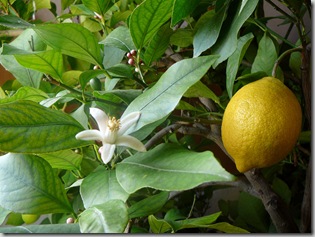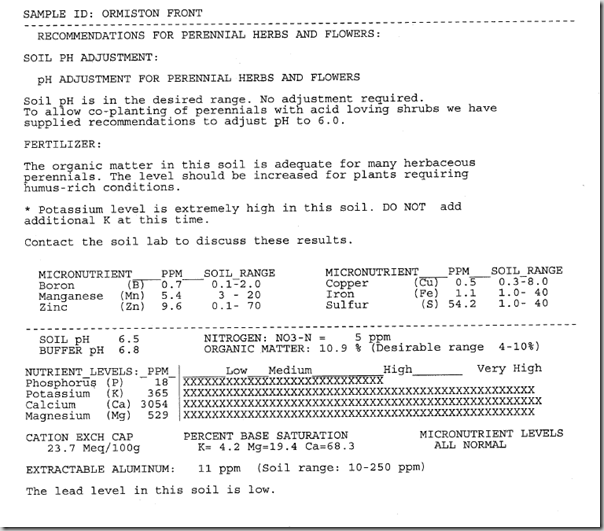-
How to Make Liquid Fertilizer from a Granular Organic
After sharing recipes for making your own granular organic fertilizer from inexpensive bulk ingredients, I’ve gotten a number of questions from readers asking how to convert a dry organic fertilizer into a liquid. Why would you want to? Liquid fertilizer is fast-acting. A liquid fertilizer can be faster acting than a dry or granular fertilizer,…
-
Organic Fertilizer Recipes: How to MacGyver Up a Custom Blend

Developing a healthy soil is the goal of every gardener, but sometimes plants need an extra boost. Perhaps you are growing high-yield fruits and vegetables, plants with big blooms like roses, rhododendrons and camellias, or just feel that your soil isn’t performing well and your plants need a little help while you work to balance…
-
The Worm Factory 360 and The Earth Moved (With Video!)
When I first bought my own home years ago, there was one fact that made me particularly happy: as a responsible grownup and a homeowner, I was now allowed to get any pets that I darn well wanted, so long as I could take good care of them. No landlords or reluctant parents to tell…
-
Guest Post: Want Happy Plants? Feed the Microbes!
Five Ways To Improve The Health And Diversity Of Your Soil Food Web: A guest post by Phil Nauta, The Smiling Gardener. Most of the work in our gardens is done by the “soil food web.” If you’re not familiar with this term, it refers to the inhabitants of the soil, including plants and animals,…
-
Thick Rind on Meyer Lemons: How to Fix It

The reason all of us foodie gardeners grow Meyer lemons is that their thin skins and delectable flavor surpass the acidic pulp and thick white rind of the grocery store Eureka or Lisbon lemons. Yet there are two common garden conditions that make Meyer lemons taste more acidic, develop thick bumpy white rinds, and have…
-
Cheap Soil Testing: How and Why To Do It

One of the best things about writing for this site is that occasionally, other gardeners will write in with their excellent garden tips. This was the case with Kathy Ormiston, a landscape designer and landscape gardener in the San Francisco Bay Area (south bay region). Kathy was kind enough to share a tip about an…
-
Worm Compost: A Fictional FAQ for Vermicomposting
I’ve gotten a few questions lately about vermicomposting -composting in a small bin using worms. Folks seem to know that worm castings rock, and they are really expensive to buy. Other folks want worms for fishing. And still others just want a simple way of keeping their veggie scraps out of the landfill. So I…
-
The GroundHog Rake: A Video Review, and Why I Love it for Mulching
This time of year, I’m adding a fresh layer of bark mulch to many of my gardens to hold moisture in and keep the weeds down. Right now it’s especially easy to do because the plants are still small from winter dormancy, so I can spread it out without having to bend and wiggle to…
-
Your Gardening Body: How to Scoop Mulch and Use a Wheelbarrow Without Strain or Pain
Anne Asher, a movement specialist from The MOVE! Blog, has been kind enough to answer some common questions about how professional and/or passionate gardeners can reduce the strain that comes from repetitive gardening tasks. Check out her new product – great for winter time – called Clear the Blear. Here’s this month’s installment: Dear Anne,…
-
Fall Leaves: Leave ‘Em and Weep
To read about why fall leaves are so beneficial to wildlife, and how to leave them in your garden without adverse effect, check out this article: Fall Leaf Raking: Finding the Middle Ground. Once upon a time some newbie garden writer thought it’d be a great idea to encourage people to leave their fall leaves on the…
-
Calculating How Much Mulch or Compost You Need
So your garden’s mulch is getting thin, and you’ve decided that you want to add 2 inches of wood chips to top it up. Great! But how much mulch do you need to buy to make that happen? You can do this using math (yuck!), or you can use these great calculators I’ve found online.…